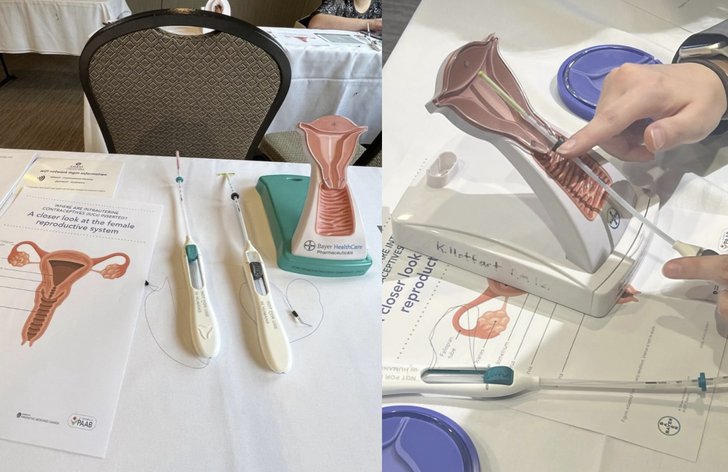The Alberta Medical Students’ Conference and Retreat (AMSCAR) is a student-run conference that is open to the University of Alberta (U of A) and University of Calgary (U of C) medical school students. It is an opportunity for students to meet and network with their future colleagues in other Albertan medical schools and a learning opportunity. The 2023 conference was held in the scenic mountains in Canmore, Alberta, where students explored the outdoors and developed their skills as physicians over the weekend, marking its second year returning to an in-person conference since COVID had made it virtual in past years. The AMA is a long time sponsor of AMSCAR through our student-to-student grant program administered by the Committee on Student Affairs.
Medical school at U of A comprises four years, with the first two years designated as “pre-clerkship years” and the latter two as “clerkship years.” Other medical schools follow a similar model; U of C has a similar accelerated three-year version of this model. Pre-clerkship years are primarily in the classroom, where students learn the base knowledge required to thrive in clerkship, primarily through didactic instruction. Clerkship is when students go beyond the classroom and rotate through various medical fields in hospitals and other health care settings as on-the-job training.

AMSCAR is intended primarily for pre-clerkship medical students. Through various workshops available during the weekend, students get hands-on training for procedures common to several fields of medicine. This includes workshops on suturing, IUD insertion, dermatology biopsy techniques, airway management and catheter insertion.
Students have the choice of which workshops they attend. This exposes them to skills they otherwise would not learn until clerkship years and promotes connections with course material they have learned. For example, students learn in the foundations (year 1) and reproduction blocks (year 2) about female anatomy, hormones of the reproductive system and what is required for successful egg fertilization. The IUD insertion workshop reminds them of these principles and how IUDs may disrupt these processes. This learning is supplemented by inserting an IUD with landmarking relevant anatomy.
This connection between didactic instruction and hands-on training supplements the medical knowledge of students, which will serve them in their clerkship years. Monika Sohal, a first-year U of A student, supported this and, when asked about her AMSCAR experience, said, “AMSCAR facilitated my learning of valuable hands-on skills such as suturing and IUD insertion from experts, which I would not have access to otherwise so early in my medical training!”

Furthermore, AMSCAR also acts as a mental reprieve for medical students. Medical school is known for having a rigorous curriculum that requires students to study long hours. However, beyond understanding the medical content, students need to avoid burnout and learn coping strategies, especially in the face of a long academic career (four years of medical school and two to seven years of residency).
With this need in mind, part of the weekend focuses on health and wellness. Students have access to workshops, including burnout prevention, play for a happy/healthy sex life, finance planning, and demystifying CaRMS. The latter two workshops aim to teach students essential skills and give them information about residency matching in hopes of reducing stress levels.
Beyond the workshops, students are encouraged to engage in physical movement through a student-led hike along Quarry Lake, hatha yoga or skiing/snowboarding.
Overall, AMSCAR is an excellent opportunity for students to engage with their peers while learning valuable medical and life skills. When asked about her experience at AMSCAR, Madison Pilon, a first-year U of A medical student, said, “AMSCAR was a fun experience to meet and mingle with new peers and gain exposure to clinical skills in the beautiful mountains.”
AMSCAR is one experience that makes medical training in Alberta unique and should be replicated in other medical schools across the country.
Canmore banner image credit: Siggy Nowak, Pixabay.com

